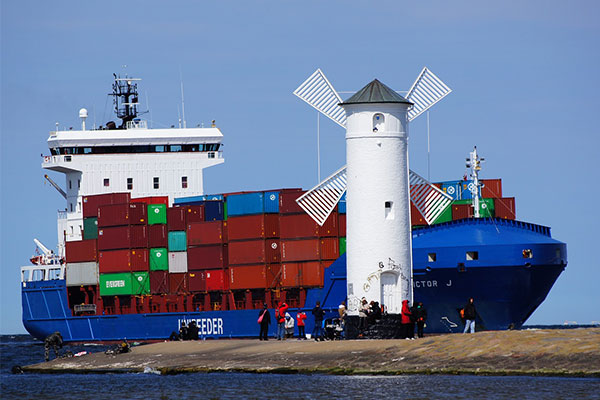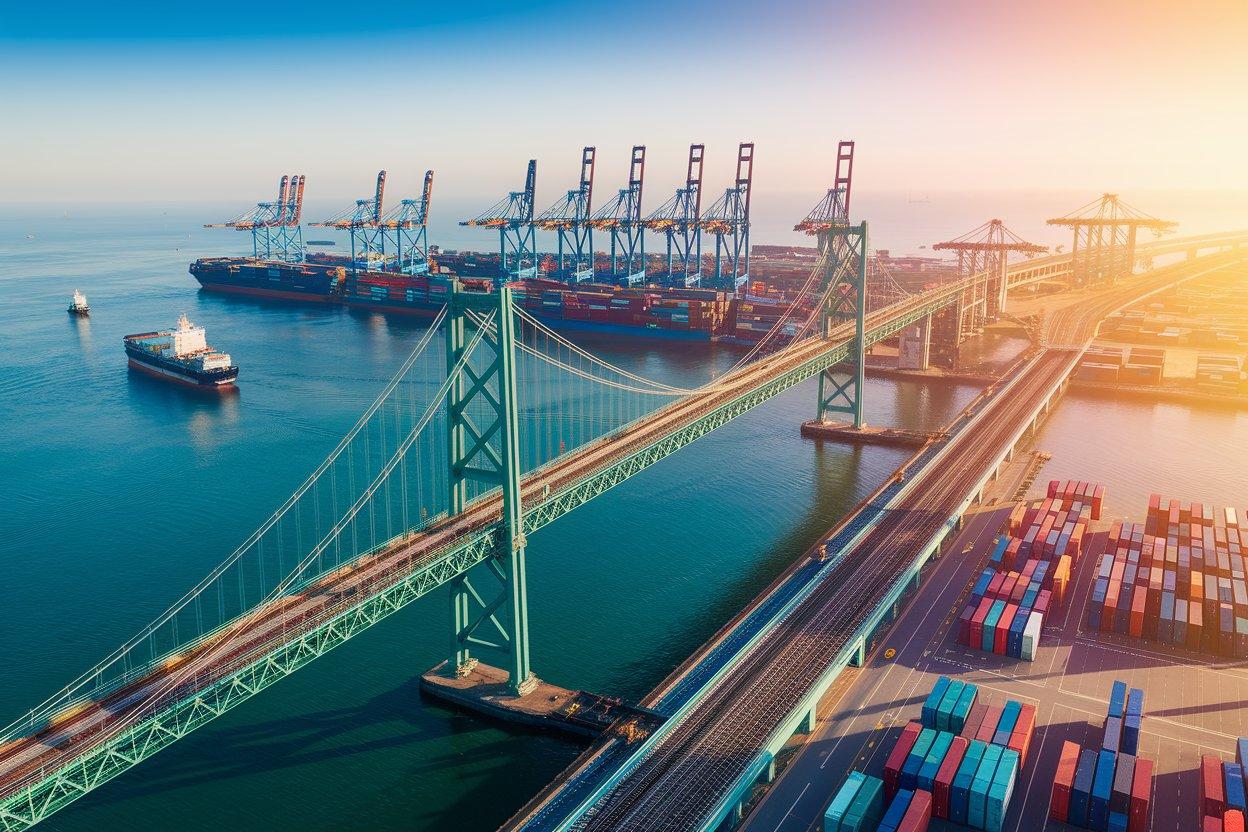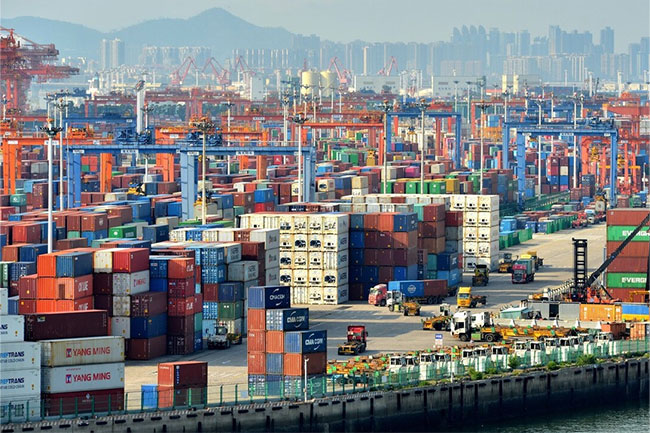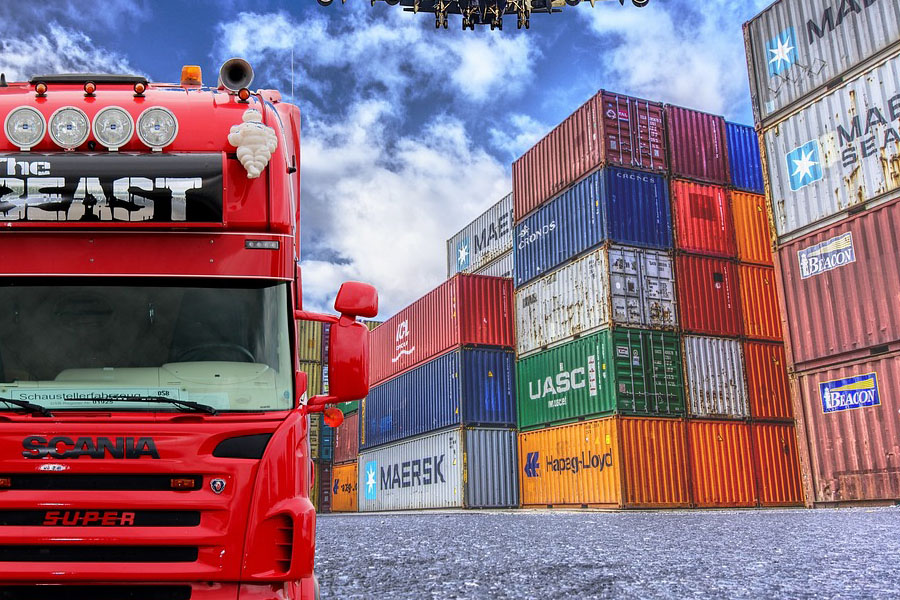- Shanghai Zhongshen International Trade Co., Ltd. - Two decades of trade agency expertise.
- Service Hotline: 139 1787 2118
In international trade, correctly understanding and calculating trade terms is crucial to ensuring smooth transactions. Particularly when we need to convert the factory's tax-inclusive ex-works price (EXW) to an FOB (Free On Board) price, mastering the relevant calculation methods and formulas is essential. This article will help you understand how to convert from an EXW price to an FOB price and provide a practical calculation example to make you more proficient in actual operations.
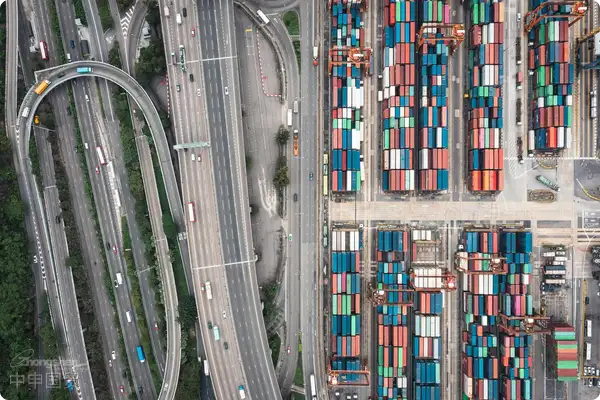
Contents
ToggleAnalysis of Trade Terms: EXW vs. FOB
Before delving into price conversion, let's briefly review the meanings of the two trade terms, EXW and FOB.
- EXW (Ex Works): The seller is only responsible for preparing the goods and placing them in their own factory or warehouse, while the buyer must bear all transportation costs and risks from the factory to the final destination. This is the most simplified trade term, with the seller having minimal responsibility.
- FOB (Free on Board): The seller is responsible for delivering the goods to the designated port of shipment and loading them onto the vessel. Once the goods are loaded onto the vessel, the risk and responsibility transfer to the buyer. The FOB price typically includes domestic freight, customs clearance fees, and other related expenses.
Simply put, EXW means "ex-works," while FOB means "free on board." Therefore, the conversion from EXW to FOB essentially involves the seller bearing the additional costs of transporting the goods to the port of shipment and completing export procedures.
The Core of Price Conversion: Cost, Expenses, and Profit
When performing price conversion, we need to consider the following key factors:
- Actual cost: This is usually the net cost after subtracting the tax rebate income from the tax-inclusive cost.
- Domestic expenses: , foreign exchange verification and other procedures.TrailerFees, inspection fees, customs declaration fees, verification fees, and other expenses related to domestic transportation and export.
- Profit: According to the company's profit strategy, it is typically added at a certain percentage (e.g., 10%) on top of costs and expenses.
Below, we will demonstrate how to convert a tax-inclusive ex-factory price to an FOB price through a specific example.
Example: Calculating FOB Price
Assuming a foreign client needs to purchase 10,000 units of Product A with the payment method being TT (Telegraphic Transfer). The following information is known:
- Product price including tax: 35 yuan
- VAT rate: 13%
- Tax refund rate: 13%
- Current exchange rate: 7.1 (CNY to USD)
- Domestic expenses: 5,000 RMB (including towing fees, inspection fees, customs declaration fees, verification fees, etc.)
- Additional profit levy: 10%
Step 1: Calculate the actual cost
First, we need to calculate the actual procurement cost, taking into account the impact of tax rebates.
- Tax-inclusive cost:- Tax refund income: Tax refund income = Tax-included price / (1 + VAT rate) × Refund rate = 35 / (1 + 13%) × 13% ≈ 4.03 yuan
- Actual cost: Tax-inclusive cost - Tax refund income = 35 - 4.03 = 30.97 yuan
Step 2: Calculate domestic costs
Domestic costs are expenses related to transportation and export, which need to be allocated to each product.
- Domestic costs (per product): 5000 yuan / 10,000 pieces = 0.5 yuan/piece
Step 3: Calculate the FOB price (RMB)
The FOB price should include the actual cost, domestic expenses, and expected profit. Profit is usually added as a certain percentage on top of the cost and expenses.
- The sum of costs and expenses: Actual cost + Domestic expenses = 30.97 + 0.5 = 31.47 yuan
- Profit margin:10%
- FOB price (RMB): (Cost + Expenses) / (1 – Profit Margin) = 31.47 / (1 – 10%) ≈ 34.97 yuan
---: The profit calculation method here is based on "Selling Price = Cost / (1 – Profit Margin)", which ensures that the profit accounts for 10% of the selling price. In practice, some companies may directly use "Selling Price = Cost × (1 + Profit Margin)", but the profit margin calculated by this method is actually based on cost rather than the selling price. The specific method to use depends on the company's pricing strategy.
Step 4: Convert the FOB price to US dollars.
Finally, convert the RMB price to US dollars based on the current exchange rate.
- FOB price (USD): 34.97 yuan / 7.1 ≈ 4.92 dollars
Other factors to consider
In practical operations, in addition to the basic calculations mentioned above, the following points also need to be considered:
- The actual situation of tax refunds: If operating as a factory, it may not be possible to obtain a full tax refund, as the deductible items may not fully cover the sales price. Therefore, when calculating the actual cost, it may be necessary to adjust the tax refund income based on specific circumstances.
- Bank handling fees and agency fees: In the example, these fees account for a relatively small proportion and vary depending on the situation, hence they are omitted. However, in actual transactions, if these fees are significant, they may need to be included in the calculation.
- Selection of Trade Terms: With the development of trade, an increasing number of transactions are adopting more complex terms such as DDP (Delivered Duty Paid). In such cases, the seller needs to bear greater responsibilities and costs, and the calculation methods will also change accordingly.
- Impact of Deductible Items: If the company is both industrial and commercial, the invoice issued by the factory should be made out toforeign tradeCompanies, especially foreign trade companies, can enjoy full tax refunds. However, if the deductible items are insufficient, it may affect the actual tax refund amount, thereby impacting cost calculations.
Summary
The conversion from EXW to FOB prices hinges on accurately calculating actual costs, domestic expenses, and profits, while adjusting the allocation of responsibilities and costs according to the requirements of trade terms. Through the example above, we can see that as long as the correct calculation methods and formulas are mastered, price conversion is not complicated. However, in practice, flexible adjustments must be made based on specific circumstances to ensure that the quotation not only covers costs and expenses but also meets market competition and customer demands.
I hope this article helps you better understand and address the challenges of price conversion, enabling you to navigate international trade with greater ease.
Related Recommendations
Contact Form
? 2025. All Rights Reserved. Shanghai ICP No. 2023007705-2  PSB Record: Shanghai No.31011502009912
PSB Record: Shanghai No.31011502009912
